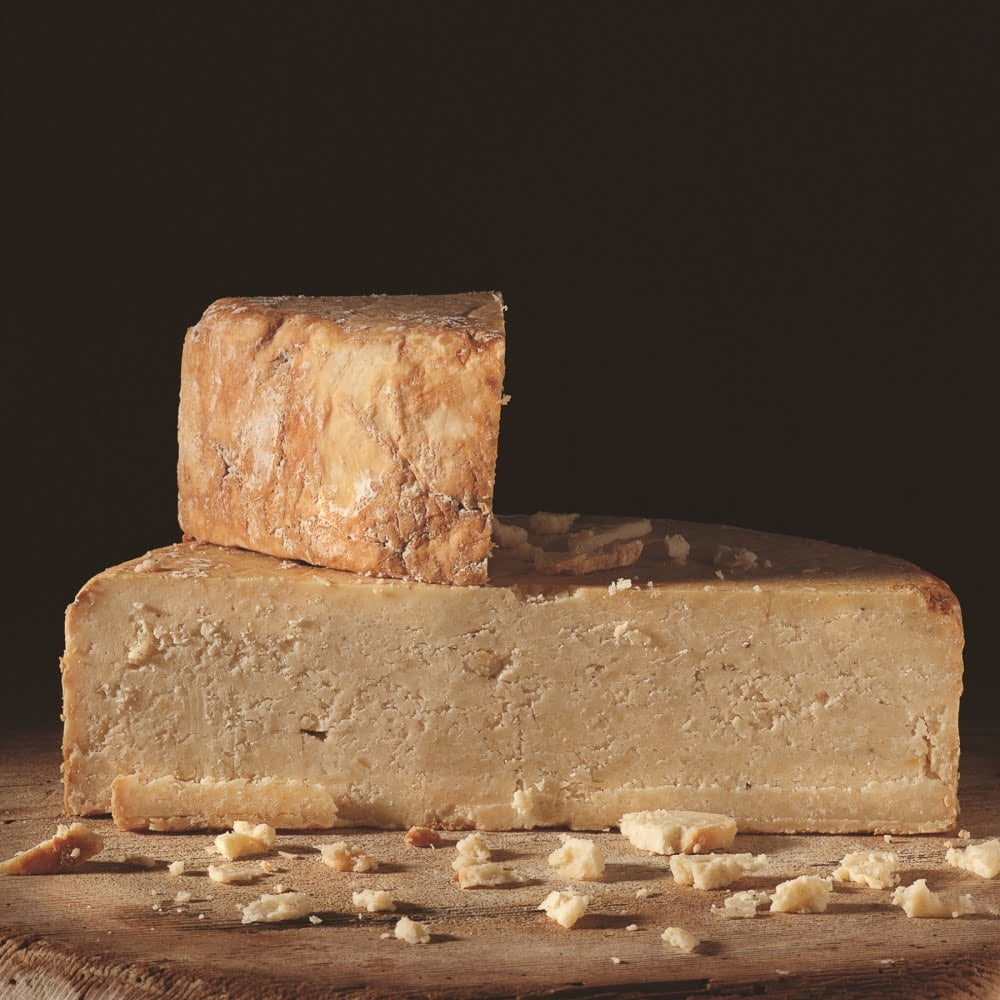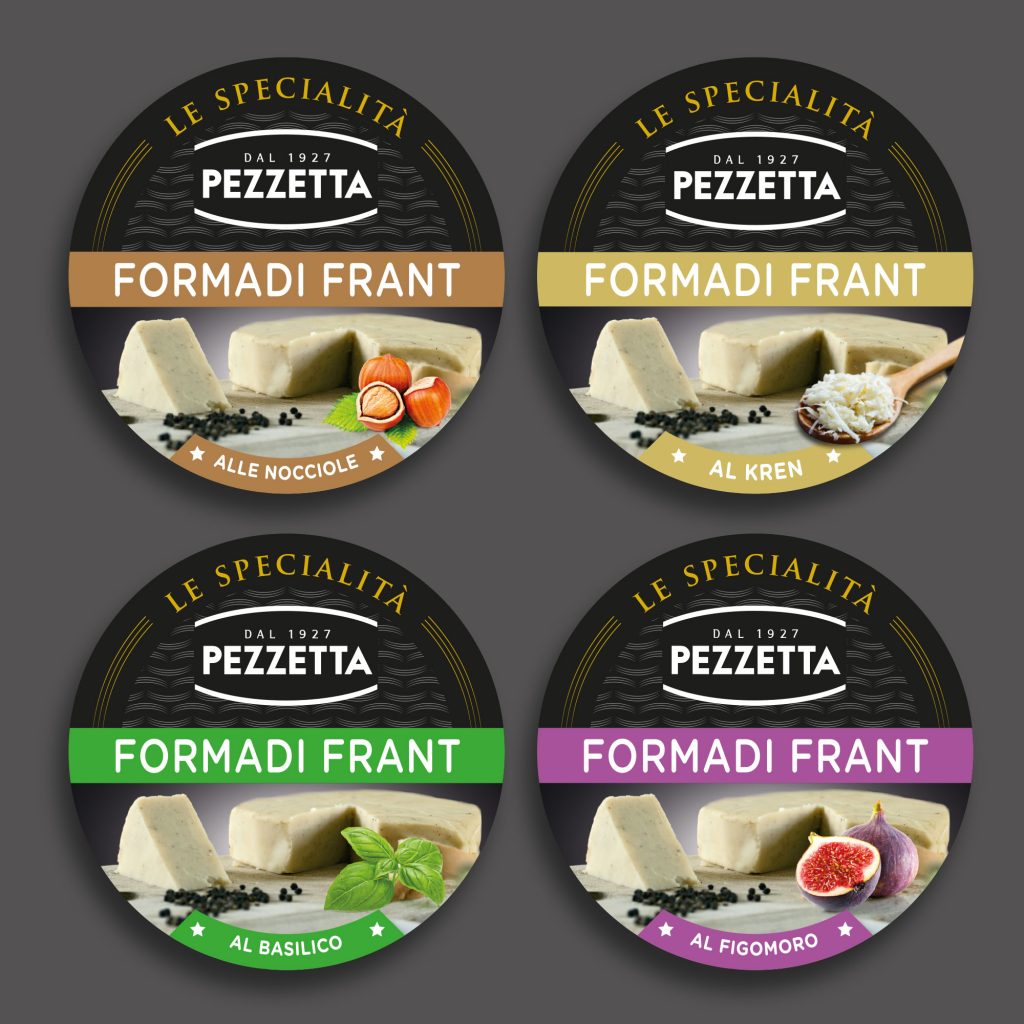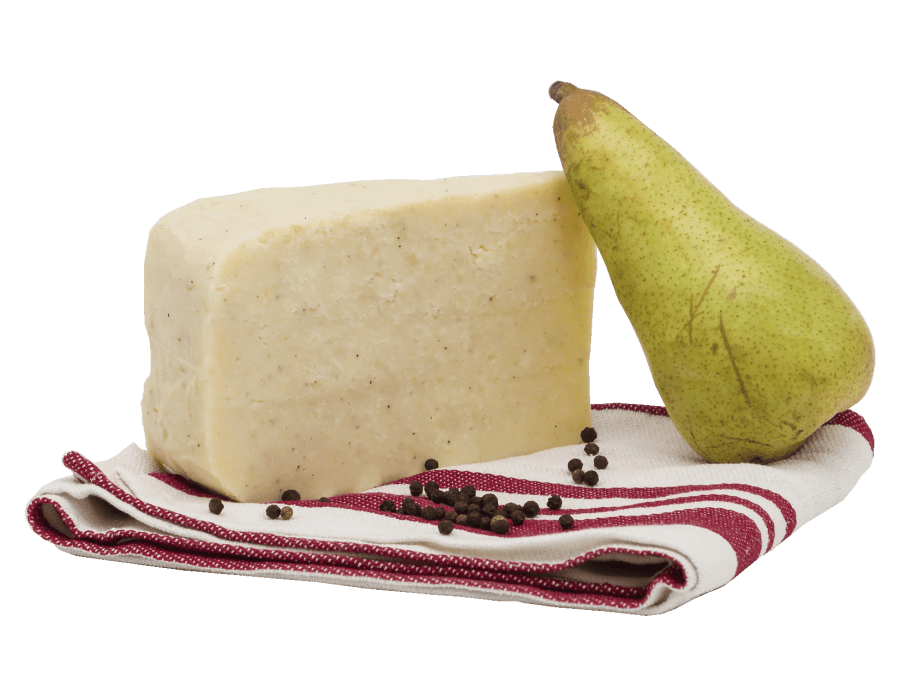It’s hard to believe how any tourist could tire of classic Italian dishes such as carbonara, risotto ai funghi, lasagna or cotoletta alla Milanese. However, if we want to explore an Italian region a little better, then we find many more original dishes and foods. The Friuli-Venezia Giulia region is full of fascinating history, which is why it is also full of culinary masterpieces. Some of them are completely unknown to us, so we will go through them a bit.
Friuli-Venezia Giulia (often called Friuli) is a “melting pot” of cultures, over which Romans, Slavs, Venetians and Austrians fought for centuries, and each of them influenced not only culture and language but also the kitchen. The geographical location of Friuli-Venezia Giulia is also key to understanding its food.Food is never just a meal to fill you up. All food has its own history and is deeply intertwined with human destinies. That’s why I like to explore it. I loved Anthony Bourdain because he talked to people at the table and explored people’s destinies, and food was a networking tool. Making a cult out of food is a dangerous thing. It easily turns into a perverted religion. It is necessary to find a balance between talent, love, profession and work, without it turning into pathology.
A certain dish or food serves me primarily to get to know new cultures and understand a people. At least it’s about a filling meal, although it’s an important item. An Italian, even though you may struggle with their language, will never reject you or be unkind when they see and hear that you are interested in their cuisine. It is also the easiest way to overcome the language barrier. Sights and attractions of a city are not my priority. Anyway, there are crowds where I wait in line and I get annoyed. I prefer the story of a local resident while we eat something original and wash it down with wine, while simultaneously observing the space and other people around us. Let that moment, minute or hour be special and mark the entire journey. Yes, historical buildings are there as evidence of human history and need, and the story of the origin of a certain meal and food goes back to human emotion. It’s good to connect. Then you eat a pasta or pizza with understanding and that food enters your body and soul with all your senses. With this way of traveling, we also get to know ourselves better. Running after the crowd where the “pendulum” of the crowd picked me up, creating generic Instagram posts like everyone else, is pointless to me. Create your own story and involve all the senses. Suddenly, I understand better the nearby castle that I visited, because the dish that I just ate was made in it once upon a time.
For us from Croatia, it is enough to pass the first Italian region – Friuli, and we already get an insight into the complexity of Italian cuisine. And it is so diverse and different with each new region that it is amazing. Again, it has its own guiding thread through all the regions. Did we know that rice is produced in Italy, that it is not just about pasta and that this region prefers polenta? Do we know that in some parts of Italy the pig was used to the maximum, where both the leg and the hoof were filled with the mixture because there was no refrigerator, so the food lasted longer? There are many such stories and I like to research them, and then try these delicacies.
I may sound strange, but I respect food. Maybe because I didn’t really have it when I was young. Eager to try many things, and often hungry, so today I’m happy because I can finally afford a lot of things. I know how to cook and I like to get to know foods and dishes so that I know what I’m putting in my mouth. At first I studied the quality of the food, and then I went a step further, although I can never talk about passion. This is where I fall into the trap of the occult and retreat. I like to say that I am a foodie who loves to explore.


Croatia is connected to Italy, especially Istria and Dalmatia. In addition to picking up part of the Italian language, we also picked up Italian cuisine. Although, Dalmatians did not need Italians to tell them that fish is edible and that a healthy and balanced meal is best composed of three flavors – fish, vegetables and salt. Generally speaking, they did not need a prescription. Secondly, most of them didn’t even have any, but the sea in front of the house, weeds behind the house and salt in the sea. The force of nature, a hard life and small meals, eventually created the “Mediterranean cuisine”, which is prescribed by all the world’s doctors for the treatment of obesity and diabetes. We are at the source of a beautiful, albeit difficult, story of how Mediterranean cuisine came into being in the first place, and which the Italians made the best use of.
The region was divided into four provinces – two larger (Pordenone and Udine) and two smaller (Gorizia and Trieste). The Tagliamento river plain separates the Carnic and Julian Alps. We must not forget the Adriatic coast, which offers an abundance of local fish and seafood. When we map this part of Italy in this way, their cuisine is clearer to us. Geographically, the mountains meet the sea, where we see a rich cuisine that plays with the flavors of Germanic-Austrian origin, mixed with the Mediterranean diet. The cooler sea coast and high Alps create a cooler climate, so the meals are usually hearty and filling, and should keep us full and warm for a longer time. The dishes are robust, full of flavor, often enriched with horseradish and plenty of meat, cheese and cured meat products. Unlike in central and southern Italy, polenta is the main carbohydrate, not rice or pasta. And as in most of Italy, vegetables play an important role in the food, but in smaller quantities because the growing season is not as long as in the warmer Italian climate in the south. Because of the colder climate, the locals relied heavily on cheese, which could be preserved and eaten year-round when other foods might have been scarce. Today, the tradition lives on, and the region continues to produce and enjoy cheese every day. So let’s start with the famous cheeses of the region.









